How the 1970s Transformed Style from the 50s and 60s
If there’s one decade that defined bold, expressive style, it’s the 1970s. 70s fashion wasn’t just about clothes—it was about identity, rebellion, liberation, and glittering self-expression. To fully understand what made 70s fashion iconic, we have to look at how it departed from the elegance of the 1950s and the youth-driven rebellion of the 1960s. What changed? What sparked the trend? And why is 70s style still inspiring designers and fashion lovers today?
Let’s step back in time and explore the powerful transformation from 1950s prim to 60s mod, to the wild, wonderful world of 1970s fashion.
1950s Fashion: Elegance, Structure, and Social Roles
Before 70s fashion shook things up, the 1950s were all about controlled silhouettes and gender roles.
The Look:
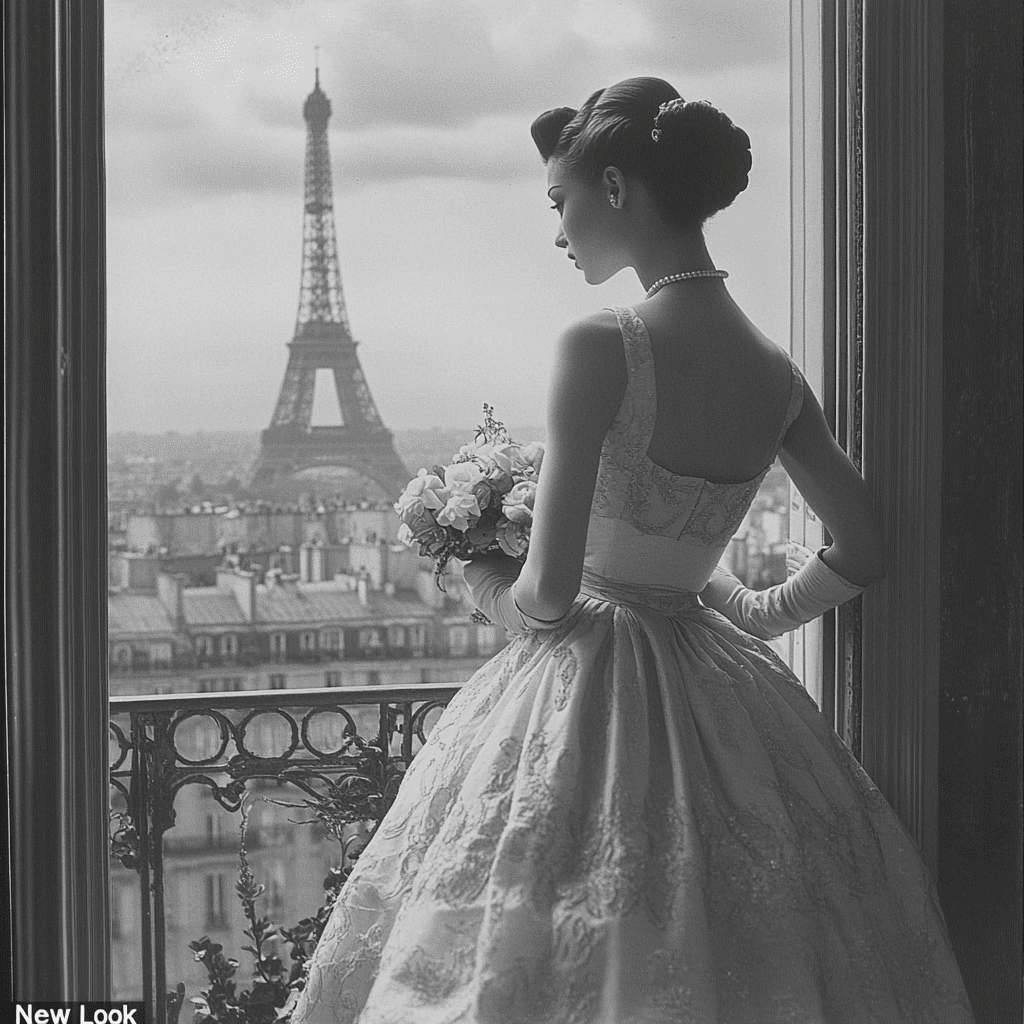
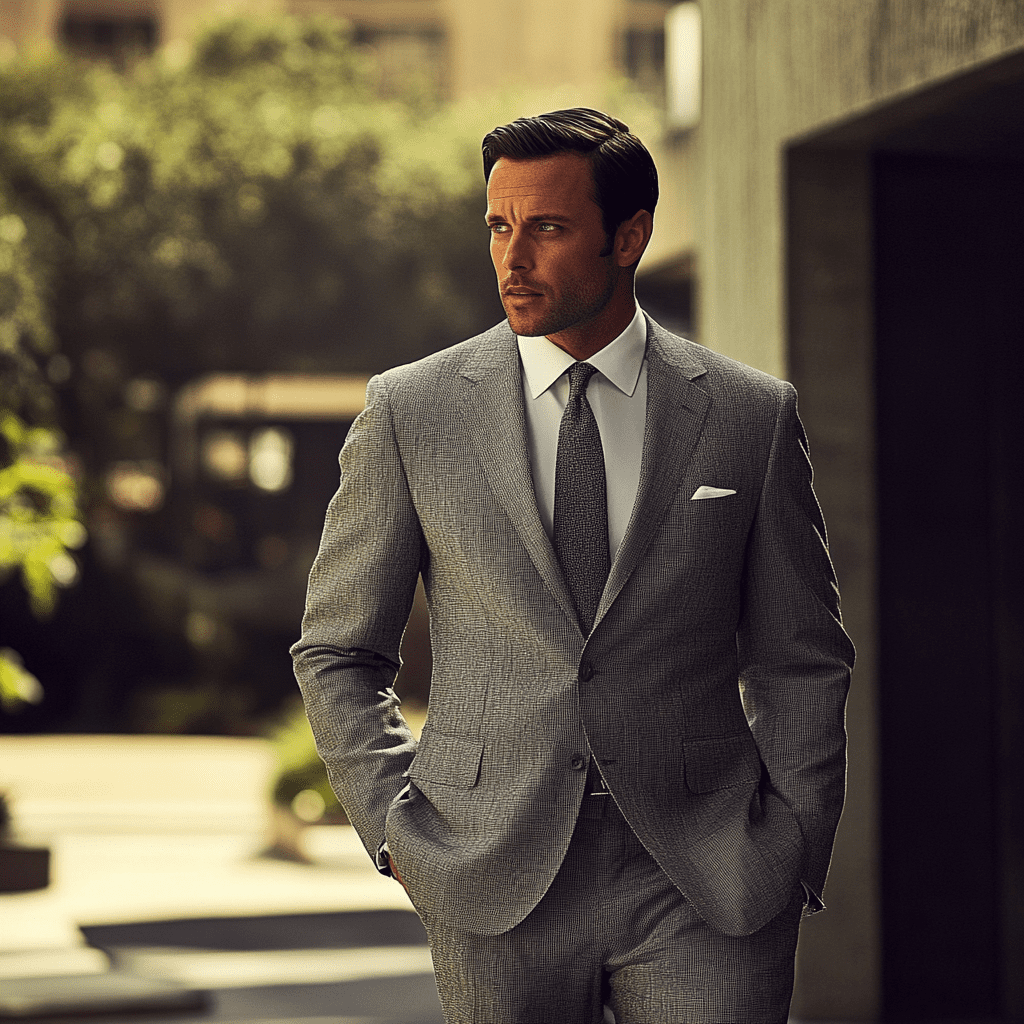
- Women: Cinched waists, full skirts, petticoats, gloves, and pearls. Christian Dior’s “New Look” defined the silhouette—structured and ultra-feminine.
- Men: Sharp suits, fedoras, and polished shoes. Think Mad Men–style business wear and classic Americana.
The Spirit:
- A focus on post-war conformity and returning to “normalcy”
- Gender roles were strict; fashion reinforced the ideal of the perfect housewife and the provider husband
- Mass production took off, but trends moved slowly
Fashion in the 50s was elegant and polished—but restrained. There was little room for experimentation. That would soon change.
1960s Fashion: Youthquake, Rebellion, and Mod Revolution
The 1960s set the stage for 70s fashion by dismantling tradition and putting youth culture at the forefront.
The Look:
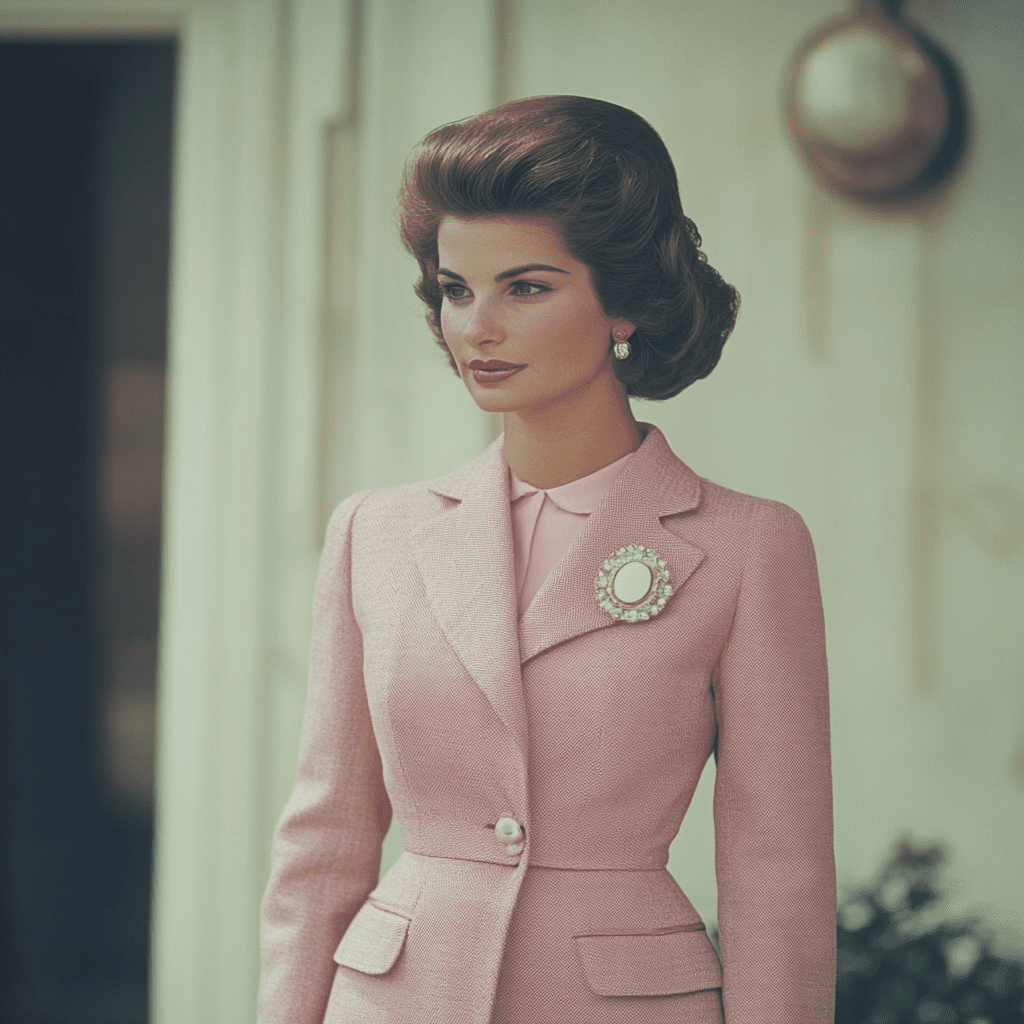
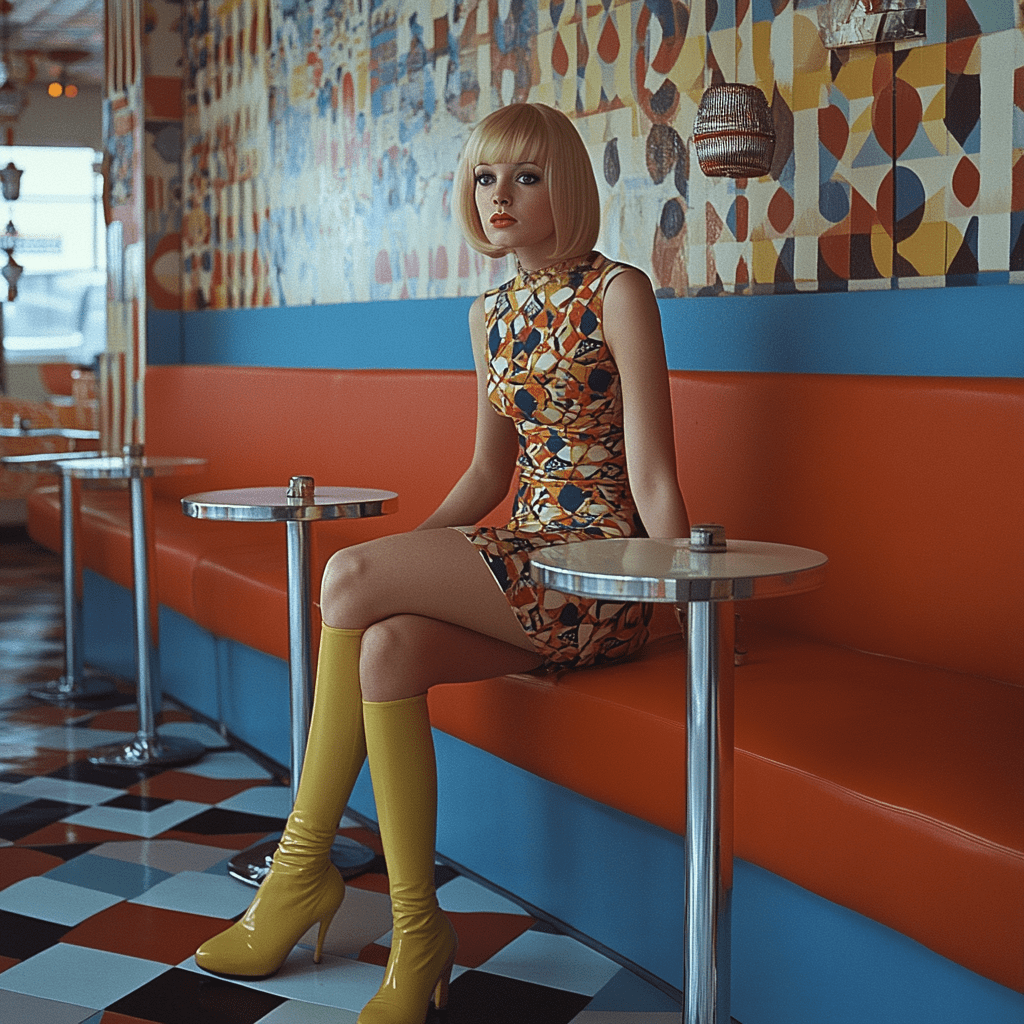
- Early 60s: Still polished, with Jackie Kennedy-inspired suits and shift dresses.
- Mid-late 60s: Mini skirts, go-go boots, mod dresses, geometric prints, and androgynous silhouettes.
The Spirit:
- Fashion shifted from Paris to London—the rise of youth culture and mod fashion
- A rebellion against formality: no more stiff corsets or matching handbags
- Civil rights, feminism, and counterculture inspired unisex, ethnic, and bohemian styles
- Designers like Mary Quant made fashion playful and accessible
The 1960s opened the door, but it was the 1970s that tore it off its hinges. If the 60s rebelled, the 70s set fashion free.
70s Fashion: Self-Expression, Eclecticism, and Cultural Fusion
Now we arrive at the decade that transformed fashion into art. 70s fashion was wild, unpredictable, genre-blending—and gloriously unapologetic.
The Look:
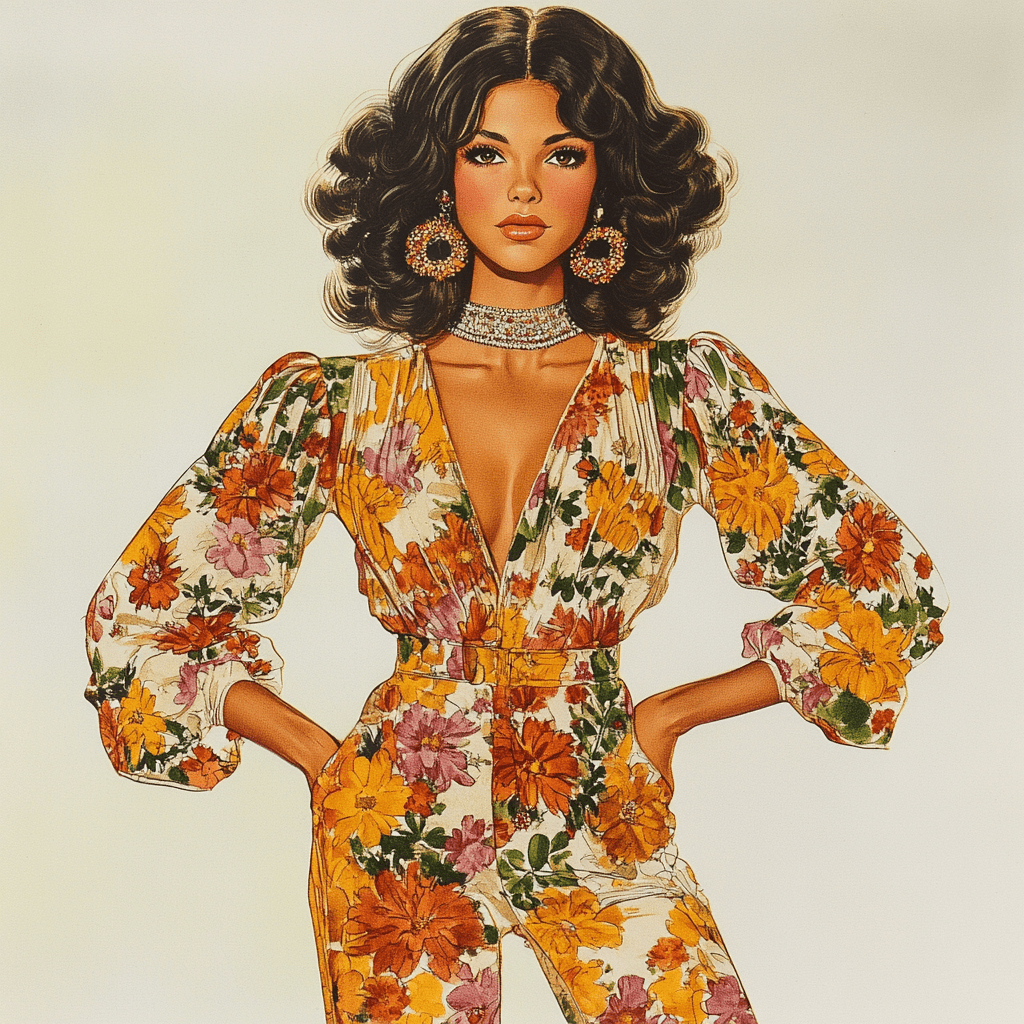
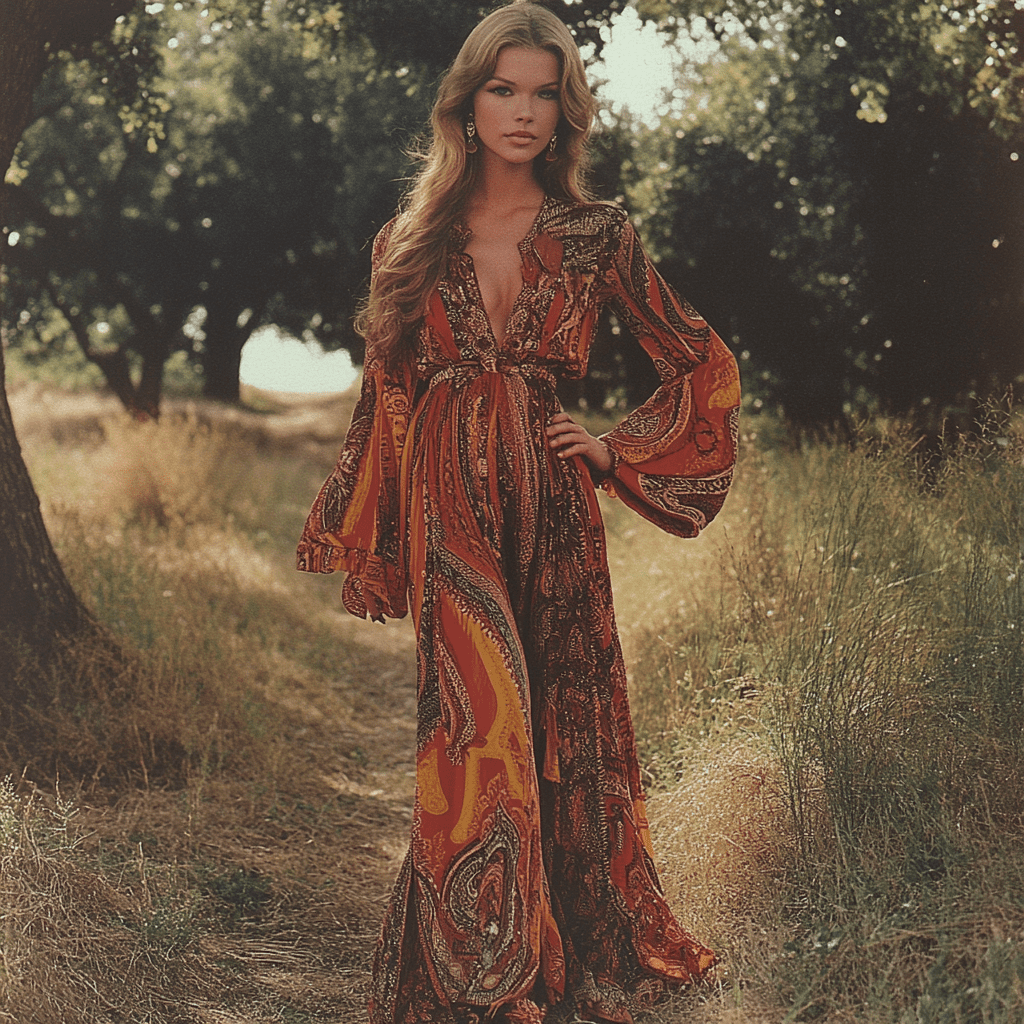
- Silhouettes became flowy, exaggerated, or wildly tailored: bell bottoms, maxi dresses, jumpsuits, flared suits
- Fabrics: suede, velvet, denim, satin, corduroy, lurex
- Footwear: platforms, clogs, cowboy boots
- Prints: psychedelic swirls, paisley, florals, geometrics
- Inspiration: disco, glam rock, hippie counterculture, punk, and boho chic all played their part
What Changed:
- Diversity of trends: Instead of one dominant “look,” the 70s embraced subcultures (hippies, punks, disco lovers, rockers, cowboys)
- Fashion was freer and more experimental—you could be anyone you wanted to be
- Unisex clothing became mainstream (flared trousers, platform shoes for men!)
- DIY fashion gained traction—patched denim, hand-painted shirts, thrifted items
In short, 70s fashion shattered the notion that style should fit into a neat box. It celebrated chaos, creativity, and individuality.
What Sparked 70s Fashion Trends?
70s fashion didn’t appear out of nowhere—it was sparked by the cultural, political, and economic currents of the time. Here’s what fueled its rise:
1. The 1960s Counterculture Hangover
The peace-and-love movement didn’t vanish after Woodstock. It evolved into the earthy, laid-back elements of 70s fashion—flowy silhouettes, bell sleeves, natural fibers, ethnic prints, and handmade jewelry.
2. Disco & Nightlife Explosion
Disco clubs like Studio 54 turned fashion into a spectacle. Think sequins, metallics, plunging necklines, lamé fabrics, and sky-high platforms. Clothes were designed to shine under strobe lights and dance with you.
3. Economic Shifts & Individualism
Mass production and rising inflation made people turn to thrift stores, DIY fashion, and upcycling. 70s fashion became personalized, with vintage pieces and hand-stitched garments leading the way.
4. Music, Movies & Pop Culture
- David Bowie, Cher, Elton John—icons who pushed fashion into the theatrical.
- Blaxploitation films highlighted Afrocentric fashion and self-expression through clothing.
- Shows like Charlie’s Angels, The Brady Bunch, and Saturday Night Fever helped define decade-specific looks.
5. Women’s Liberation Movement
As women stepped into new roles in society, fashion followed. The 70s gave rise to power pantsuits, wrap dresses, and clothing that was stylish and practical.
From Prim to Psychedelic
Here’s how 70s fashion compares to the decades before it:
| Decade | Style Vibe | Silhouette | Spark |
|---|---|---|---|
| 1950s | Refined, domestic, structured | Hourglass, formal | Post-war recovery, tradition |
| 1960s | Youthful, rebellious, playful | Mod, mini, sharp | Youthquake, civil rights, British invasion |
| 1970s | Free-spirited, expressive, eclectic | Flowy, flared, dramatic | Counterculture, disco, gender-fluidity |
70s fashion didn’t just follow a trend—it refused to conform. Whether you were a dancing queen, a rock ‘n’ roll outlaw, a flower child, or a punk in platforms, the 1970s let your clothes tell your story.



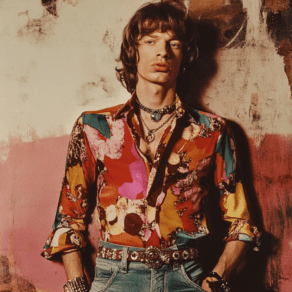
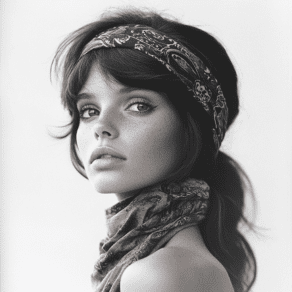
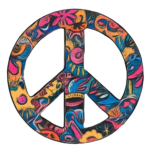
Leave a Comment